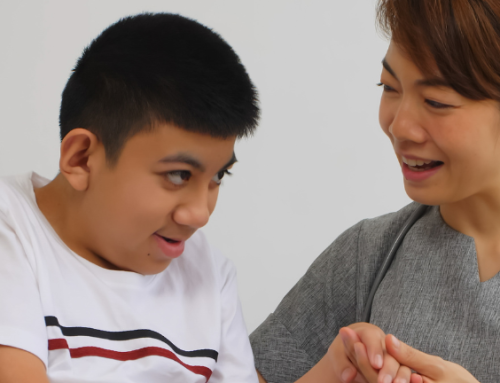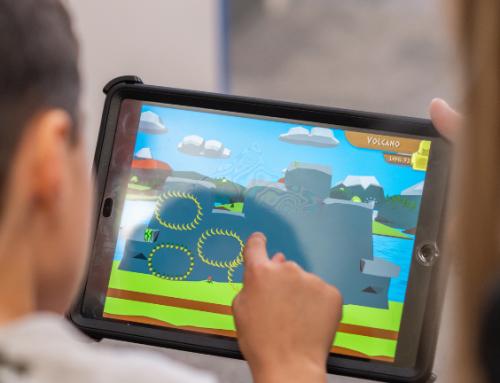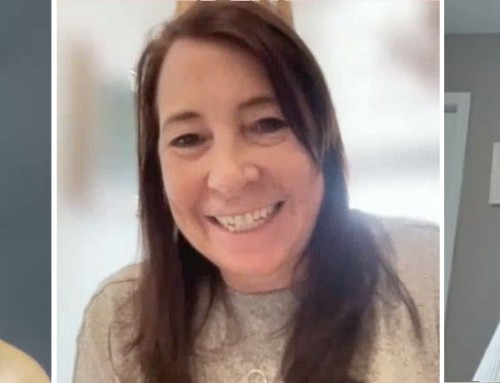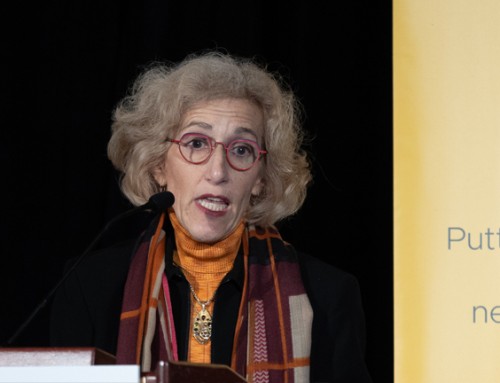
The challenges associated with neurodevelopmental disabilities can be complex, and families often access a wide range of specialized clinical, educational, and community-based interventions to help their children. But the reality is money is limited and competition to fund these interventions and services can be stiff.
Being able to prove the efficiency and effectiveness of interventions is one way to ensure these critical resources are available for children with neurodevelopmental disabilities.
For example, if researchers can show that by accessing early interventions children with autism will use fewer resources later in life—thereby saving money in the long term—governments might be more invested in making these early interventions available.
The Health Economics Research Program supported by Kids Brain Health Network (KBHN) is focused on doing assessments in order to inform the allocation of funding, services, and supports for kids with neurodevelopmental disabilities.
“By realizing that the health system has a finite budget and you can only spend on so many things, economic evaluations provide some information around decisions on what to fund and what not to fund,” explains Dr. Jennifer Zwicker, director of Health Policy at the University of Calgary’s School of Public Policy, and lead of the Health Economics Research Program.
Most recently, Dr. Zwicker and her team completed a study looking at tools typically used to assess the value of interventions, which often informs resource allocation in health care systems. The study found that many of these tools have not been properly used or validated when looking at interventions specific to children with brain-based disabilities.
“The problem is this really limits our ability to do really robust evaluations,” says Dr. Zwicker. “I think the real implications of that are how do you make a case in government about funding or not funding something when you can’t even really do the evaluation in a meaningful way.”
While these findings don’t suggest that doing these critical evaluations is impossible, Dr. Zwicker says the work highlights a gap that needs to be addressed to ensure children and their families are able to access the supports and services they need.
The Health Economics Research Program has also been looking at the cost and health outcomes associated with several ongoing KBHN-supported projects as a way of providing context to the value of specific projects.
For example, Dr. Zwicker and her team have been working with KBHN investigators to articulate the value of FASD screening tools, including eye tracking and biomarkers. Factors for consideration will include the cost of administering the tools, their specificity, and their sensitivity in comparison to other methods already being used.
“What is the cost of delivering that screening tool? What are the impacts of doing screening for FASD? These are the questions we’ll be asking,” says Dr. Zwicker. “And how we articulate why, for example, the government should pick up the screening tool and implement it. We want to see if there is a case around it from a cost and outcomes standpoint.”
For other projects, the focus might be less on cost and more on ensuring the right outcomes are being measured. Take for example an early intervention program like Nurturing the Seed, which is focused on children under the age of five. This program is putting an Indigenous focus on previous KBHN-funded work that developed standardized screening tools and developmental support planning for at-risk infants and toddlers. Along with assessing a child’s improvement, it’s important to also consider the caregiver.
“By also measuring outcomes in caregivers and parents it can be a lot more instructive into how the project is really having an impact,” says Dr. Zwicker. “Perhaps the parent is really seeing changes in the child or it’s taking a lot of burden off of the parents and you see a lot of change in some of the measures in caregivers themselves. It’s thinking about where the impact really is and why the project is important.”
The Health Economics Research Program has been ongoing and evolving since 2015. Prior research done by the program was focused on developing a better understanding of unmet needs and challenges children with brain-based disabilities and their families face, as a way to ensure resources were being spent fairly and efficiently.
A major finding from this previous research was determining why the uptake of the Disability Tax Credit (DTC) was so low—only 40 per cent of disabled adults that qualified were accessing it. The team found that low awareness, a burdensome application process, and poorly defined eligibility criteria were some of the key barriers, all of which were communicated to the Canada Revenue Agency who is responsible for administering the DTC.
“With the DTC a lot of families were saying these were the big problems, but the challenge was that it wasn’t actually articulated anywhere in a quantitative way,” says Dr. Zwicker. “It’s hard to advocate for policy change when you don’t even have a measurement of what the uptake rate of the program is. And so, a lot of what we do is try to support what families already know to be true with actual data and information.”
As the Health Economics Research Program moves forward, Dr. Zwicker and her team will strive for a better understanding of the unmet needs and service utilization of children with brain-based disabilities and will continue to evaluate KBHN projects.
Being able to provide evidence that interventions and services are both cost-efficient and effective will make the best case for policy makers to allocate resources to children with neurodevelopmental disabilities and their families.
“Certainly, the needs of the [neurodevelopmental disability] population is complex, but I’m not convinced the system has to be complex,” says Dr. Zwicker.
“Researchers, families, and decision makers need to work together to sort this out. I don’t think any one group can, on their own, meet the need of providing services in a way that’s cost-effective to the population in need. But I think that compared to what we’re doing right now, there’s a lot of opportunity for improvement, which is what this program is focused on.”
Story by Vanessa Hrvatin


